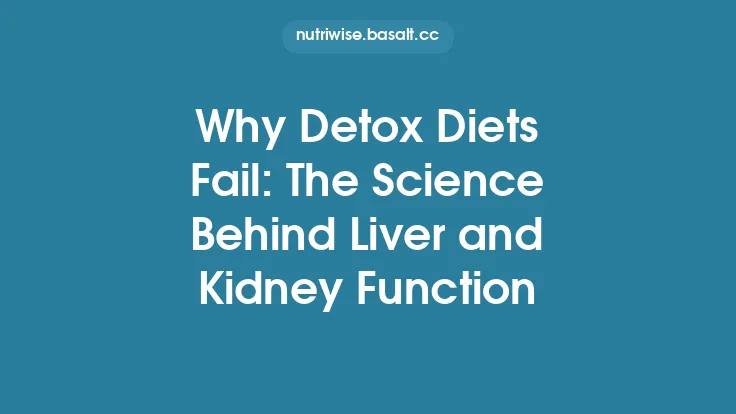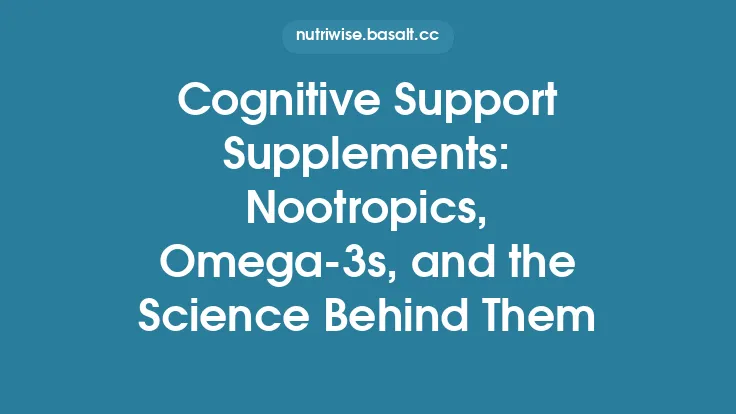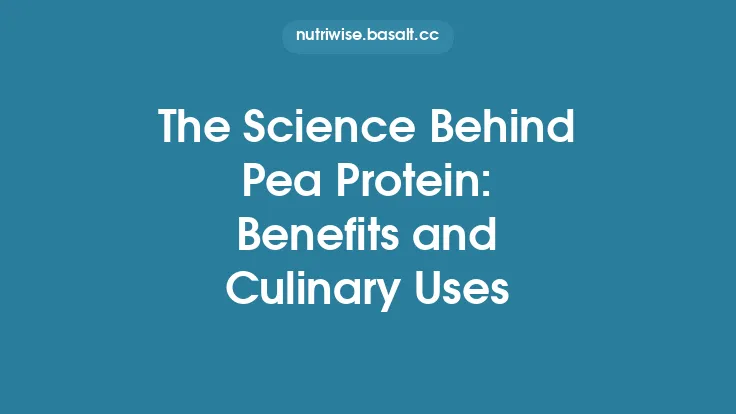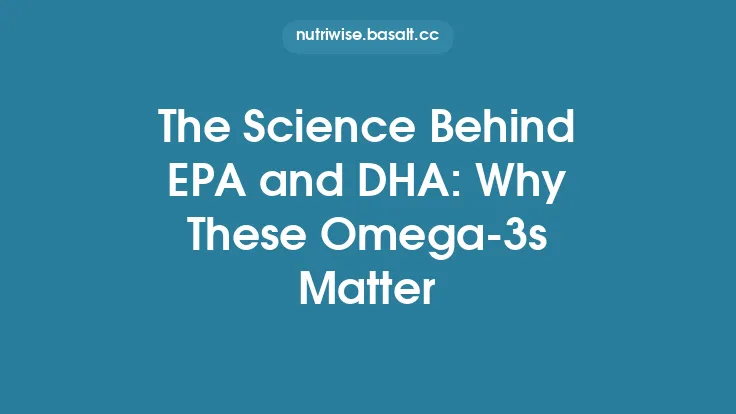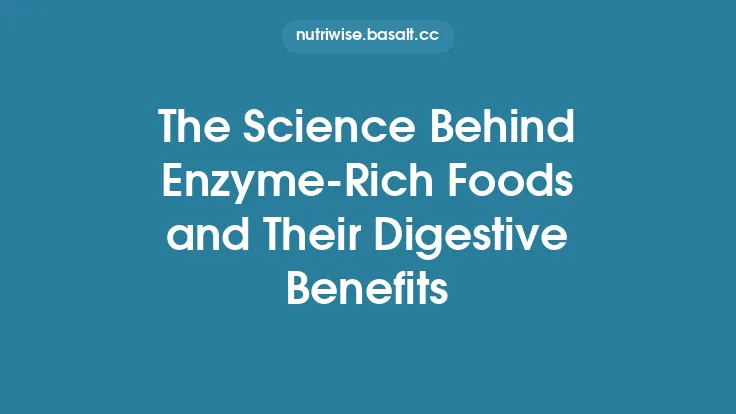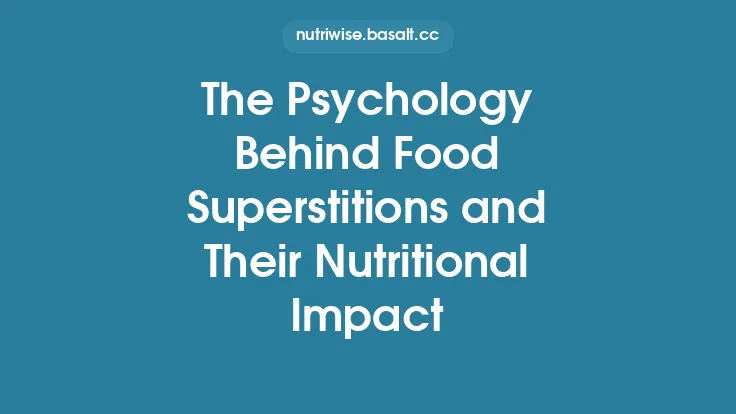The gut is a bustling endocrine organ, constantly releasing a cocktail of peptide messengers that travel far beyond the lumen of the intestine. While many of these molecules are best known for regulating digestion, motility, or metabolic homeostasis, a growing body of research reveals that several gut‑derived peptides also act as potent modulators of brain function, influencing learning, memory, and overall cognitive performance. Understanding how these peripheral signals reach and affect the central nervous system (CNS) provides a window into novel strategies for preserving mental acuity and treating neurodegenerative conditions.
Origins and Biosynthesis of Gut‑Derived Peptides
Gut peptides are synthesized by specialized enteroendocrine cells (EECs) scattered throughout the gastrointestinal tract. Each cell type expresses a distinct set of prohormone precursors that are proteolytically cleaved by prohormone convertases (PC1/3, PC2) and carboxypeptidases to generate mature, biologically active peptides. The expression pattern of these precursors is tightly regulated by luminal nutrients, microbial metabolites, and systemic hormonal cues.
Key steps in peptide biosynthesis include:
- Transcription of pro‑peptide genes – Nutrient‑sensing pathways (e.g., mTOR, AMPK) modulate transcription factors such as PDX1 and NEUROD1, dictating which pro‑hormones are produced.
- Post‑translational processing – Pro‑hormones undergo cleavage at dibasic residues, amidation, and disulfide bond formation, which are essential for receptor affinity and stability.
- Packaging and secretion – Mature peptides are stored in dense‑core granules and released via regulated exocytosis in response to specific stimuli (e.g., luminal fatty acids, bile acids).
Because each peptide has a unique precursor and processing pathway, the gut can fine‑tune its secretory profile to match the physiological demands of the organism.
Routes of Communication Between the Gut and the Brain
Gut‑derived peptides reach the CNS through several non‑exclusive pathways:
- Hematogenous transport – Small, lipophilic peptides can cross the blood‑brain barrier (BBB) via carrier‑mediated transporters (e.g., peptide transporter 1, PTS1) or by diffusion through the fenestrated capillaries of circumventricular organs (CVOs) such as the area postrema and median eminence.
- Receptor‑mediated signaling at the BBB – Some peptides bind to receptors expressed on endothelial cells, triggering intracellular cascades that release secondary messengers (e.g., nitric oxide) capable of modulating neuronal activity indirectly.
- Neurovascular coupling – Peptide‑induced changes in cerebral blood flow can alter the metabolic environment of neurons, influencing synaptic plasticity.
These routes operate largely independent of the vagal afferent system, allowing gut peptides to exert central effects even when vagal signaling is compromised.
Key Gut‑Derived Peptides Influencing Cognitive Processes
Neurotensin
Neurotensin (NT) is produced by enterochromaffin cells in the small intestine and colon. It readily crosses the BBB and binds to three G‑protein‑coupled receptors (NTSR1‑3) expressed in the hippocampus, prefrontal cortex, and basal forebrain. NT enhances long‑term potentiation (LTP) by activating the phospholipase C (PLC) pathway, increasing intracellular calcium, and stimulating the MAPK/ERK cascade, which promotes synaptic strengthening and memory consolidation.
Vasoactive Intestinal Peptide (VIP)
VIP is a 28‑amino‑acid peptide secreted by both EECs and neuronal fibers within the gut wall. VIP receptors (VPAC1/2) are abundant in the suprachiasmatic nucleus and hippocampus. Through cAMP‑dependent protein kinase A (PKA) activation, VIP modulates the expression of brain‑derived neurotrophic factor (BDNF), a critical factor for neurogenesis and dendritic spine formation.
Secretin
Originally identified for its role in pancreatic bicarbonate secretion, secretin is also synthesized by duodenal S‑cells. Secretin receptors are present in the cerebral cortex and cerebellum, where the peptide influences neuronal excitability by regulating voltage‑gated calcium channels. Experimental infusion of secretin improves performance on spatial memory tasks in rodents.
Gastrin
Gastrin, a peptide released by G‑cells in the gastric antrum, can be detected in the systemic circulation after meals. Gastrin receptors (CCK‑B) are expressed in the hippocampus, where gastrin stimulates the PI3K/Akt pathway, enhancing neuronal survival and protecting against oxidative stress.
Glucagon‑Like Peptide‑2 (GLP‑2)
While GLP‑2 is best known for its trophic effects on the intestinal epithelium, it also reaches the brain via the bloodstream. GLP‑2 receptors in the hippocampus activate the cAMP/PKA axis, leading to increased expression of synaptic proteins such as synapsin‑I and PSD‑95, thereby supporting synaptic plasticity.
Motilin
Motilin, secreted by M‑cells in the duodenum, has been shown to cross the BBB and bind to motilin receptors in the hypothalamus. Motilin signaling enhances cholinergic transmission, which is essential for attention and working memory.
Somatostatin
Somatostatin is a universal inhibitor released by D‑cells throughout the gut. In the CNS, somatostatin receptors (SSTR1‑5) modulate GABAergic interneuron activity, fine‑tuning the excitatory‑inhibitory balance required for optimal cognitive processing.
Substance P
Although primarily recognized as a neuropeptide involved in nociception, substance P is also produced by enterochromaffin cells. Its interaction with neurokinin‑1 receptors (NK1R) in the limbic system can influence emotional memory formation and stress‑related learning.
Calcitonin Gene‑Related Peptide (CGRP)
CGRP is released from enteroendocrine cells in response to mechanical stretch. Central CGRP receptors are located in the hippocampus and amygdala, where CGRP modulates cerebral blood flow and supports neurovascular coupling during high‑order cognitive tasks.
Molecular Mechanisms Linking Peptides to Neuronal Function
- Receptor Activation and Second Messenger Cascades – Most gut peptides engage G‑protein‑coupled receptors (GPCRs) that trigger cAMP, IP₃/DAG, or calcium‑dependent pathways. These cascades converge on transcription factors such as CREB, NF‑κB, and AP‑1, driving the expression of genes involved in synaptic plasticity and neuroprotection.
- Modulation of Neurotrophic Factors – Peptides like VIP and neurotensin up‑regulate BDNF and nerve growth factor (NGF), fostering dendritic growth and enhancing long‑term memory storage.
- Influence on Neuroinflammation – Somatostatin and CGRP possess anti‑inflammatory properties, attenuating microglial activation and reducing cytokine‑mediated neuronal damage.
- Regulation of Neurotransmitter Release – Motilin and substance P can potentiate cholinergic and glutamatergic transmission, respectively, thereby sharpening attentional processes and facilitating learning.
- Blood‑Brain Barrier Permeability – Certain peptides increase BBB permeability transiently, allowing other neuroactive molecules (e.g., insulin, leptin) to access the CNS more efficiently, indirectly supporting cognition.
Evidence from Preclinical Models
- Neurotensin‑deficient mice exhibit impaired spatial learning in the Morris water maze, a deficit rescued by peripheral administration of NT analogs that cross the BBB.
- VIP knockout rodents show reduced hippocampal BDNF levels and diminished LTP, correlating with poorer performance on novel object recognition tasks.
- Secretin infusion in aged rats restores synaptic protein expression and improves performance on the radial arm maze, suggesting a reversal of age‑related cognitive decline.
- GLP‑2 analog treatment in mouse models of Alzheimer’s disease reduces amyloid‑β accumulation and improves memory retention, likely via enhanced synaptic resilience.
These studies collectively demonstrate that gut‑derived peptides can directly modulate neuronal circuitry and protect against neurodegenerative processes.
Human Clinical Findings
Observational cohorts have identified correlations between circulating levels of specific gut peptides and cognitive metrics:
- Higher plasma neurotensin concentrations are associated with better executive function scores in middle‑aged adults, independent of traditional cardiovascular risk factors.
- Elevated secretin levels after a protein‑rich meal correlate with improved short‑term memory performance in healthy volunteers, as measured by the Digit Span test.
- Reduced somatostatin in cerebrospinal fluid has been linked to mild cognitive impairment, suggesting a protective role for this peptide in early neurodegeneration.
Interventional trials, though still limited, provide promising data:
- A double‑blind study administering a stable GLP‑2 analog to patients with mild cognitive impairment reported a modest but statistically significant improvement in the Rey Auditory Verbal Learning Test after 12 weeks.
- Substance P antagonism in a small cohort of individuals with post‑traumatic stress disorder resulted in decreased intrusive memory recall, highlighting the peptide’s influence on emotional memory circuits.
These findings underscore the translational potential of targeting gut‑derived peptides for cognitive enhancement.
Therapeutic Prospects and Challenges
Opportunities
- Peptide analog development – Engineering longer‑acting, BBB‑penetrant analogs (e.g., cyclized neurotensin, PEGylated secretin) can overcome rapid degradation and improve central bioavailability.
- Targeted delivery systems – Nanoparticle carriers, intranasal sprays, and oral formulations with protease‑resistant coatings are being explored to deliver peptides directly to the CNS.
- Combination therapies – Pairing peptide agonists with existing neuroprotective agents (e.g., acetylcholinesterase inhibitors) may yield synergistic benefits.
Challenges
- Stability – Peptides are susceptible to enzymatic cleavage in the gastrointestinal tract and plasma, necessitating robust formulation strategies.
- Off‑target effects – Many gut peptides have peripheral actions (e.g., motility, secretion) that could produce undesirable side effects if systemic exposure is high.
- Individual variability – Genetic polymorphisms in peptide receptors and differences in gut microbiota composition can influence responsiveness, demanding personalized approaches.
Addressing these hurdles will be essential for translating preclinical promise into clinically viable cognitive therapeutics.
Future Directions in Research
- Multi‑omics integration – Combining proteomics, metabolomics, and transcriptomics of gut tissue with brain imaging data will clarify how peptide networks interact with neural circuits.
- Advanced imaging of peptide dynamics – Positron emission tomography (PET) ligands specific for gut peptide receptors could visualize real‑time receptor occupancy in the human brain.
- Microbiome‑peptide interplay – Emerging evidence suggests that gut microbes can modulate peptide secretion (e.g., by producing short‑chain fatty acids that influence enteroendocrine cell activity). Deciphering this axis may reveal indirect routes to boost cognitive‑beneficial peptides.
- Precision nutrition – While not a focus of this article, the concept of tailoring dietary patterns to stimulate the endogenous release of cognition‑enhancing peptides warrants systematic investigation.
- Longitudinal cohort studies – Tracking peptide levels across the lifespan, alongside cognitive assessments, will help establish causal relationships and identify early biomarkers of decline.
By deepening our mechanistic understanding and refining translational tools, the field is poised to harness gut‑derived peptides as a novel frontier in cognitive health.
